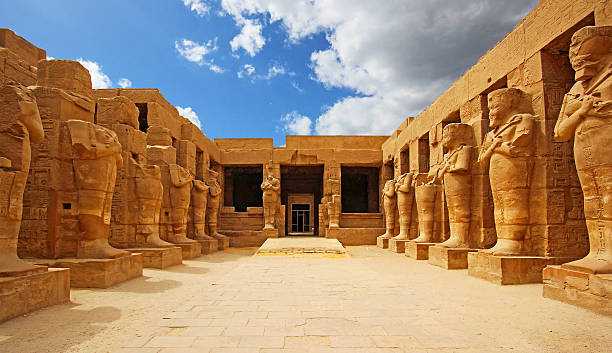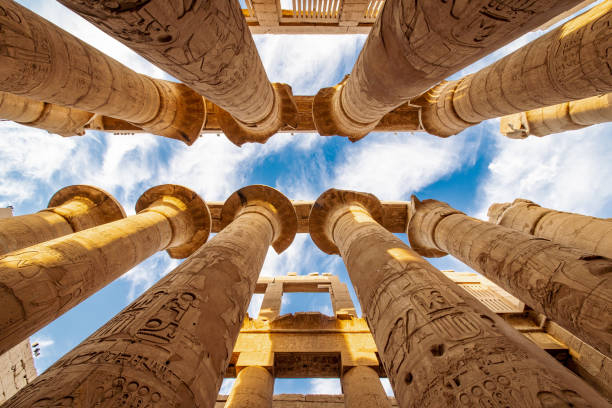Karnak
Due to its immense scale, the Karnak Temple complex in Luxor, Egypt, is stunning. There are several temples, sanctuaries, obelisks, and shrines scattered across the region, which is larger than most ancient cities. Each Egyptian pharaoh left their unique architectural stamp throughout the more than 2,000 years it took to construct. The Great Hypostyle Hall is located after passing past the Avenue of Sphinxes. One of the most well-known and popular tourist destinations in Ancient Egypt is this huge space that is surrounded by massive sandstone columns and pylons. Visit the Sacred Lake and the surrounding granite scarab while you're here to view them. It is supposed that if you travel around it seven times, love will find you.
The duration of its development and usage is the primary distinction between Karnak and the majority of the other temples and monuments in Egypt. Temple building began in the Middle Kingdom and persisted through Ptolemaic periods. The buildings were constructed by about thirty pharaohs, which allowed them to grow to an unmatched scale, intricacy, and diversity. Although few of Karnak's individual features are distinctive, the site's grandeur and sheer number of elements are staggering. The gods shown range in adoration from those of the oldest to those who were revered far later in the development of Ancient Egyptian society.
Location: El-Karnak, Luxor Governorate, Egypt

















